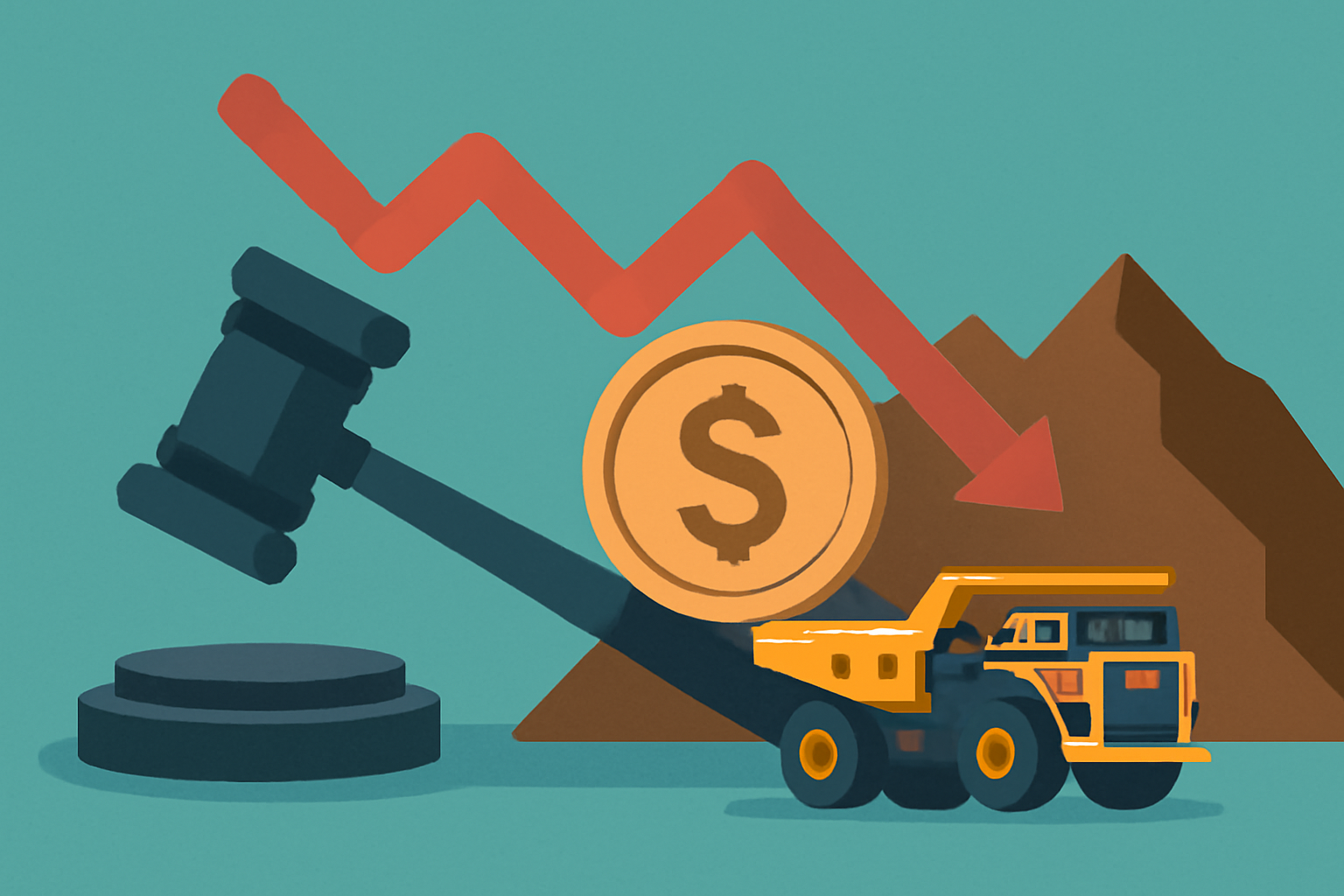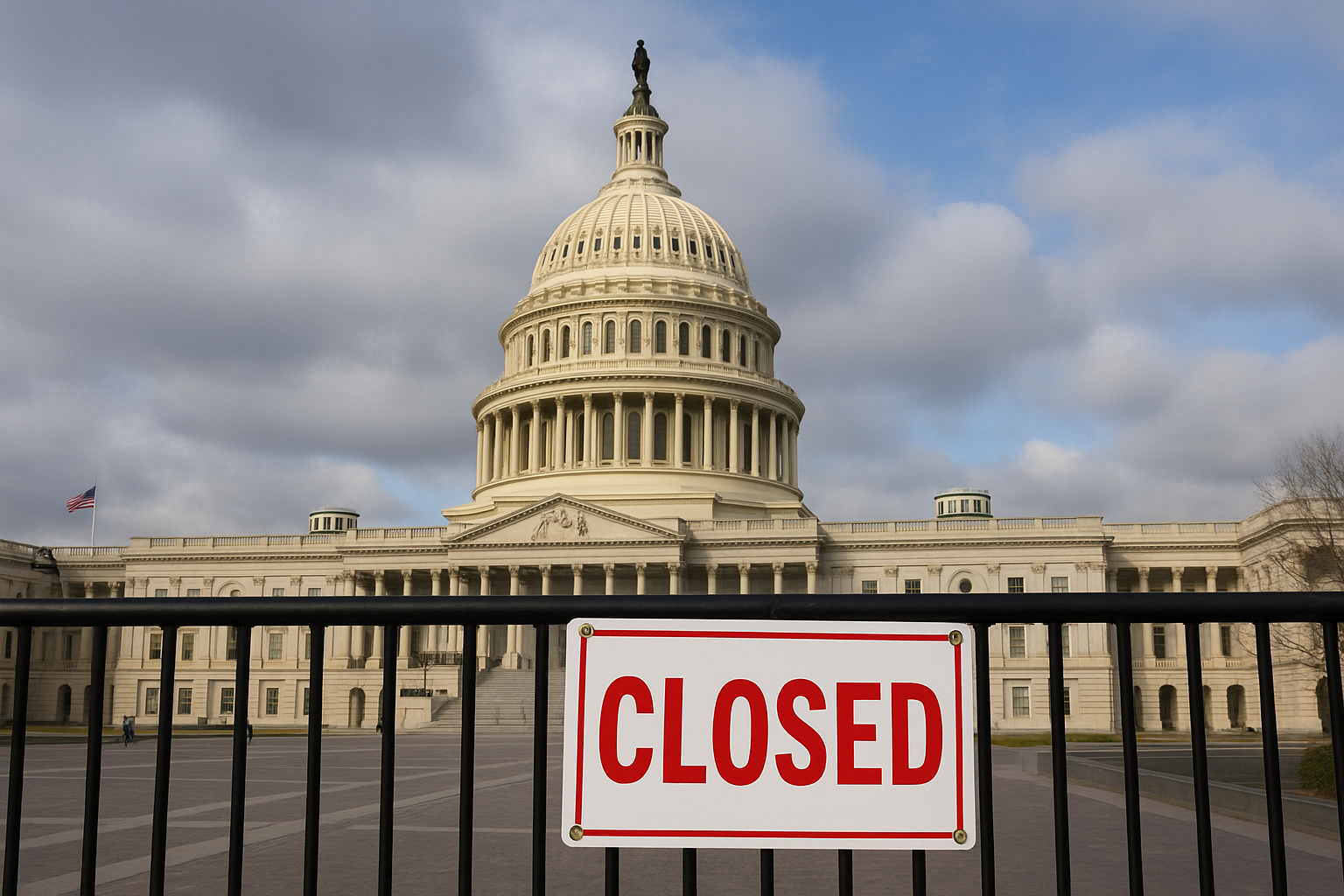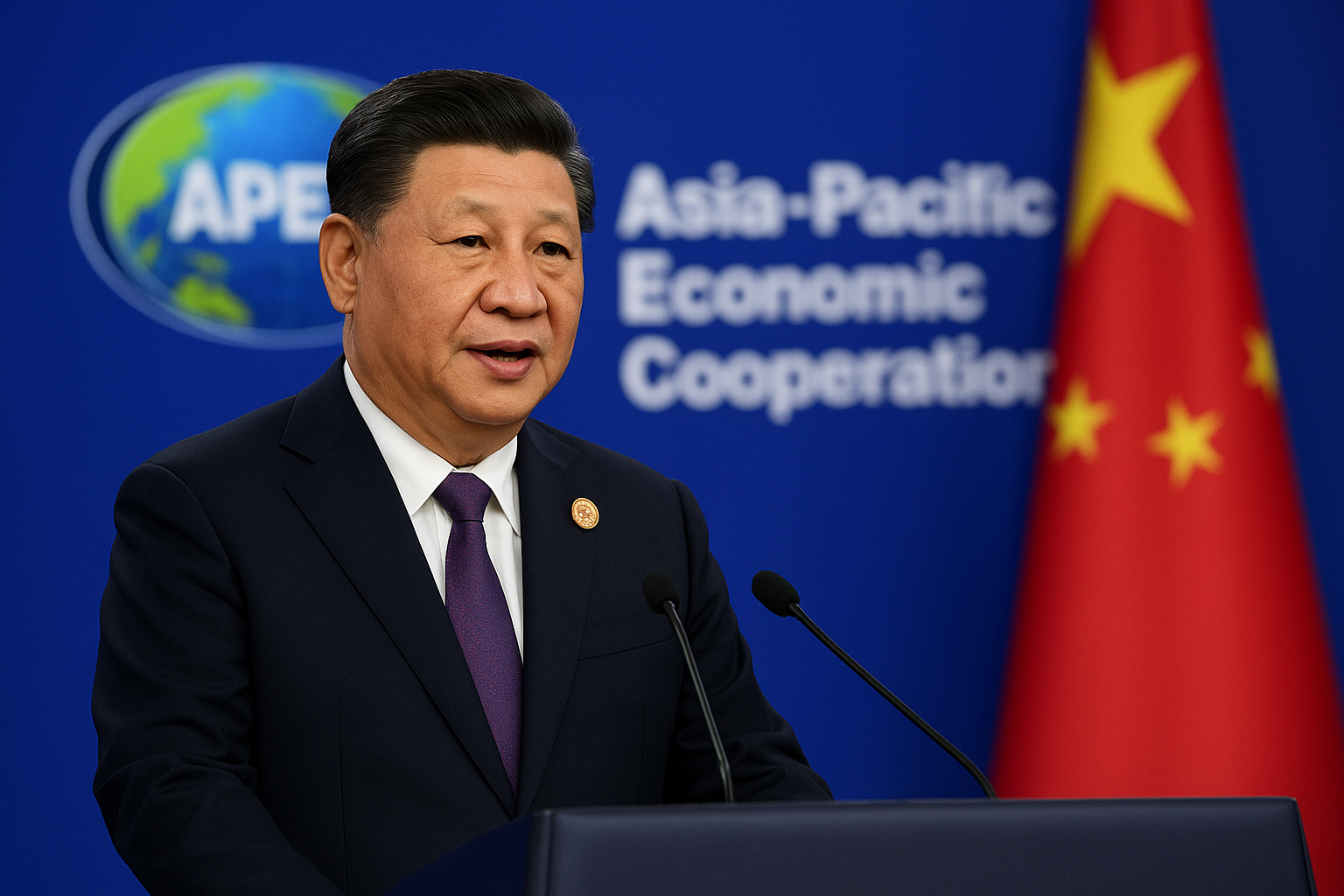One of the world’s largest mining giants, Rio Tinto, has agreed to pay $138.8 million to settle a long-running class-action lawsuit tied to its Oyu Tolgoi copper-gold project in Mongolia. The lawsuit accused the company of misleading investors about delays and cost overruns at the site—allegations that sent ripples through global commodities markets and raised fresh concerns about the legal volatility in mining megaprojects.
Following the settlement announcement, Rio Tinto’s stock dropped by approximately 2.4%, reflecting investor concern not just over the immediate financial impact, but over the reputational and operational uncertainties that such lawsuits create in high-stakes resource ventures.
High Stakes Beneath the Surface
The Oyu Tolgoi mine, one of the world’s largest known copper reserves, is a cornerstone of Rio Tinto’s long-term growth strategy. It’s also critical to global efforts to expand copper supply, a metal deemed vital for the clean energy transition—including applications in EV batteries, solar, wind, and grid infrastructure.
The class-action suit, filed in a U.S. federal court, claimed Rio Tinto and its executives failed to disclose project setbacks and cost inflation in a timely and accurate manner between 2018 and 2019. The company did not admit wrongdoing in the settlement, but the agreement is a reminder of the high bar for corporate transparency in multinational resource extraction projects.
According to Reuters, the mine’s underground expansion has faced delays, technical challenges, and friction with the Mongolian government over ownership terms and revenue sharing. These issues have delayed full-scale underground production by several years and inflated costs by over $1.5 billion from initial estimates.
Why This Matters for Investors
The Oyu Tolgoi case isn’t isolated—it reflects a broader pattern of escalating legal and political risk in global mining. As projects expand into geologically rich but politically complex regions, companies face scrutiny not just from regulators but also from shareholders and host governments.
A recent McKinsey & Company metals and mining report notes that 44% of global mining projects are delayed or over budget, often due to regulatory, legal, or environmental disputes. These risks compound with rising capex requirements and ESG pressures, particularly as copper, lithium, and rare earth minerals become strategic priorities for climate-tech manufacturing.
For investors, this means that operational success alone no longer guarantees return. Risk-adjusted performance in mining now increasingly hinges on a company’s ability to manage transparency, community relations, and legal compliance—especially across multi-jurisdictional operations.
Future Trends to Watch
- Litigation Risk as a Valuation Factor: Institutional investors and ESG funds are factoring legal history and active litigation into valuation models. Firms with pending lawsuits may face capital outflows or index exclusions.
- Mongolia’s Strategic Role: With China and Russia nearby and significant untapped mineral wealth, Mongolia will remain a flashpoint for global mining interests. Companies operating there must expect sovereign negotiation risks.
- Copper Demand Surge: The International Energy Agency (IEA) projects copper demand will double by 2040, driven by EVs, solar panels, and electrification infrastructure. Supply risks—like those at Oyu Tolgoi—can lead to price spikes.
- Decentralized Ownership Models: To hedge risk, mining firms may increasingly partner with sovereign wealth funds or state-owned entities to reduce local resistance and legal exposure.
Key Investment Insight
Investors with exposure to metals and mining—especially those focused on copper as a green energy enabler—should scrutinize not just production capacity but also jurisdictional and legal stability. Rio Tinto remains a dominant force in global mining, but its Mongolian experience is a cautionary tale: legal clarity and stakeholder transparency are as critical as ore grade.
For exposure to copper with lower litigation risk, consider diversified producers with operations in stable regions, or ETFs like the Global X Copper Miners ETF (COPX), which spread exposure across jurisdictions.
For timely insights on global markets, mining developments, and resource-driven megatrends, stay connected with MoneyNews.Today—your compass in the commodities investment landscape.





